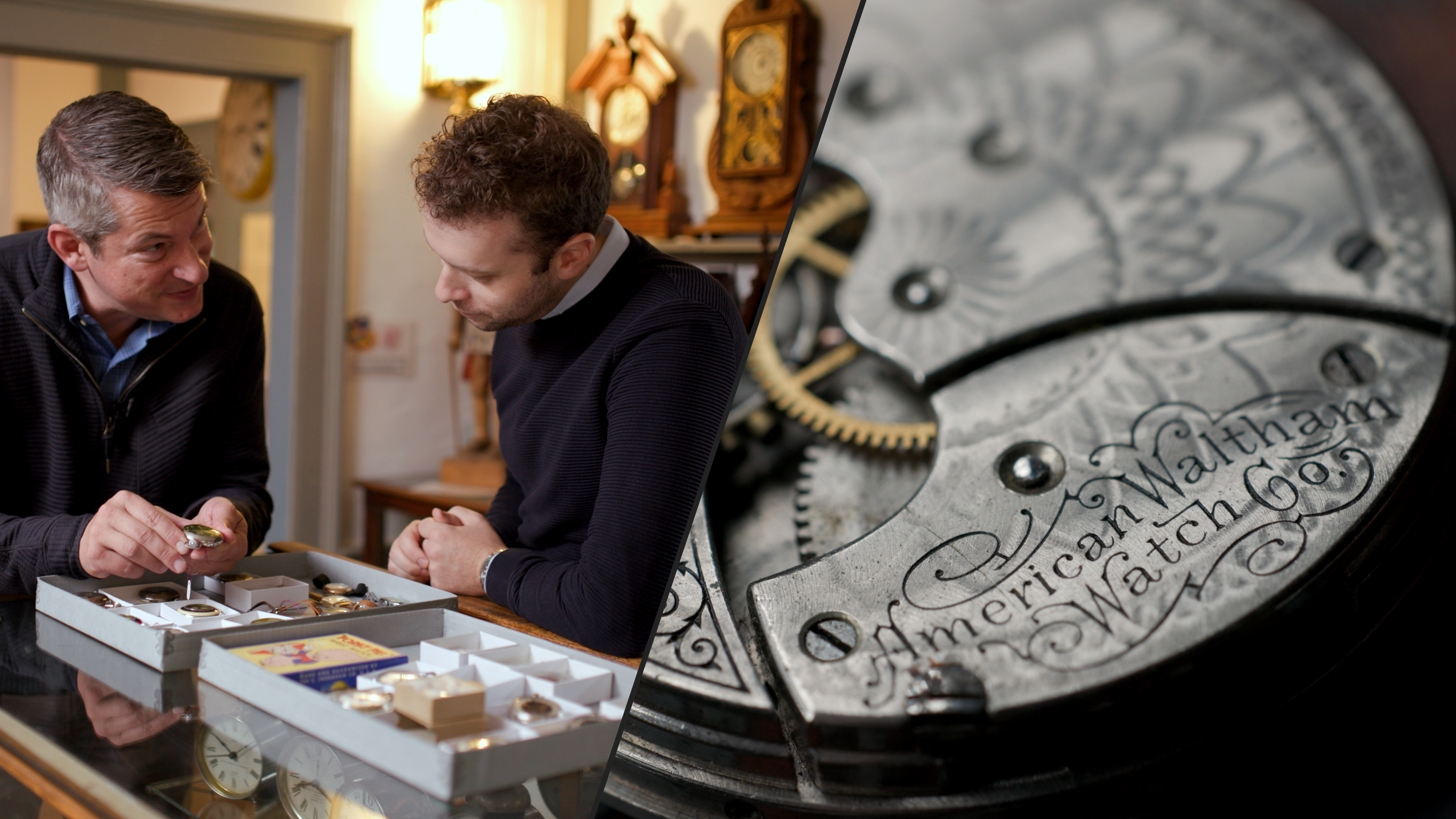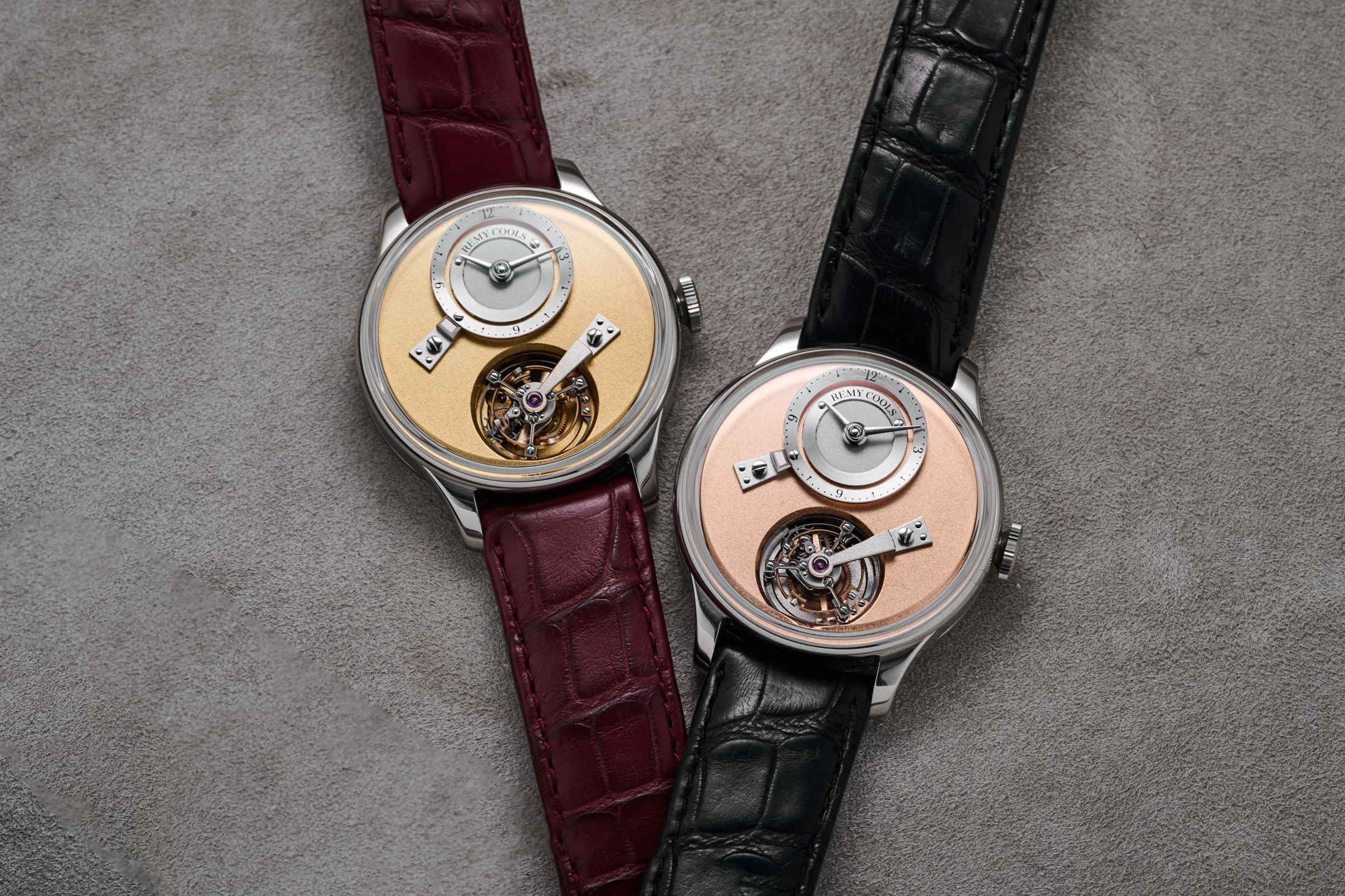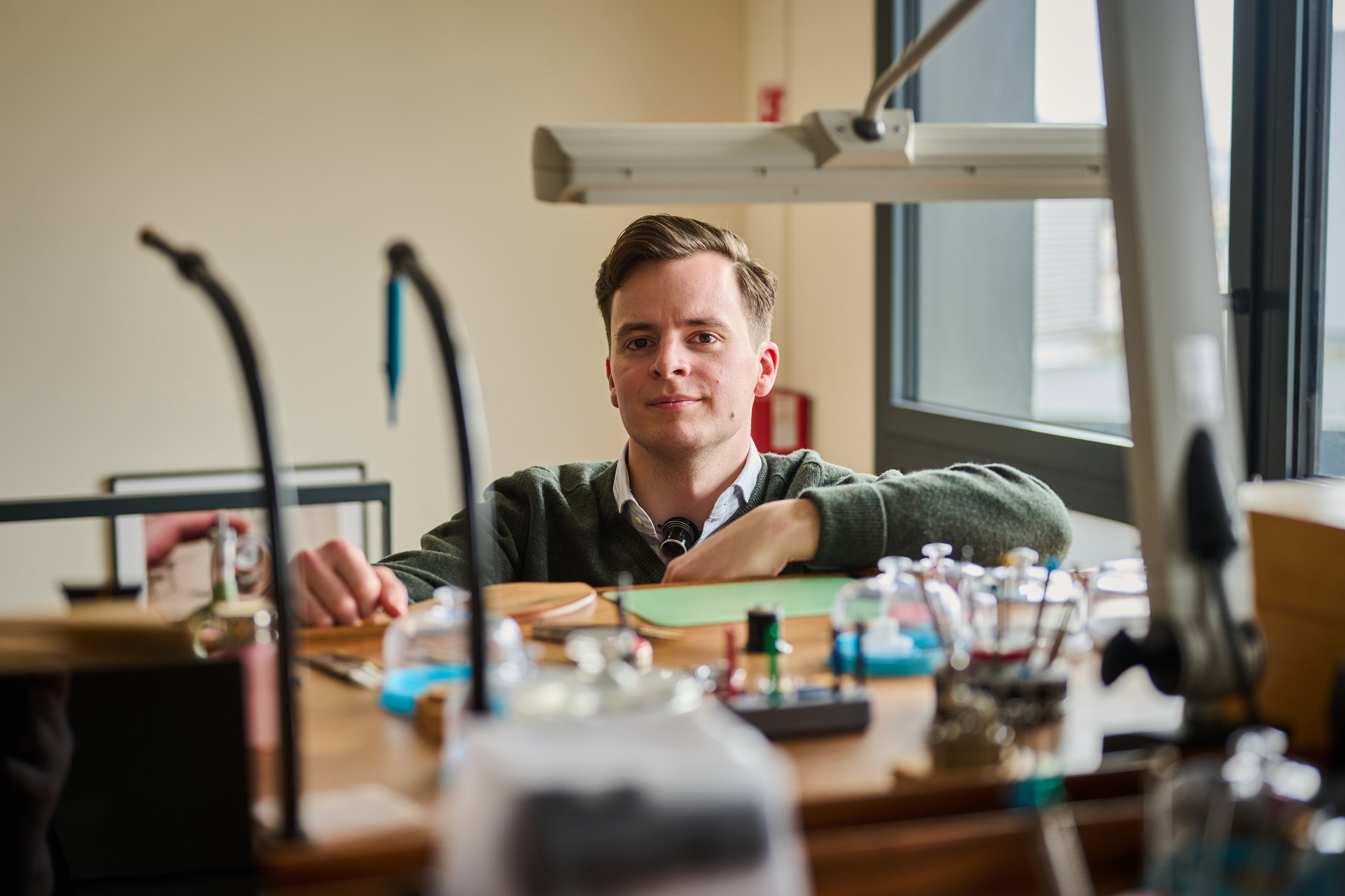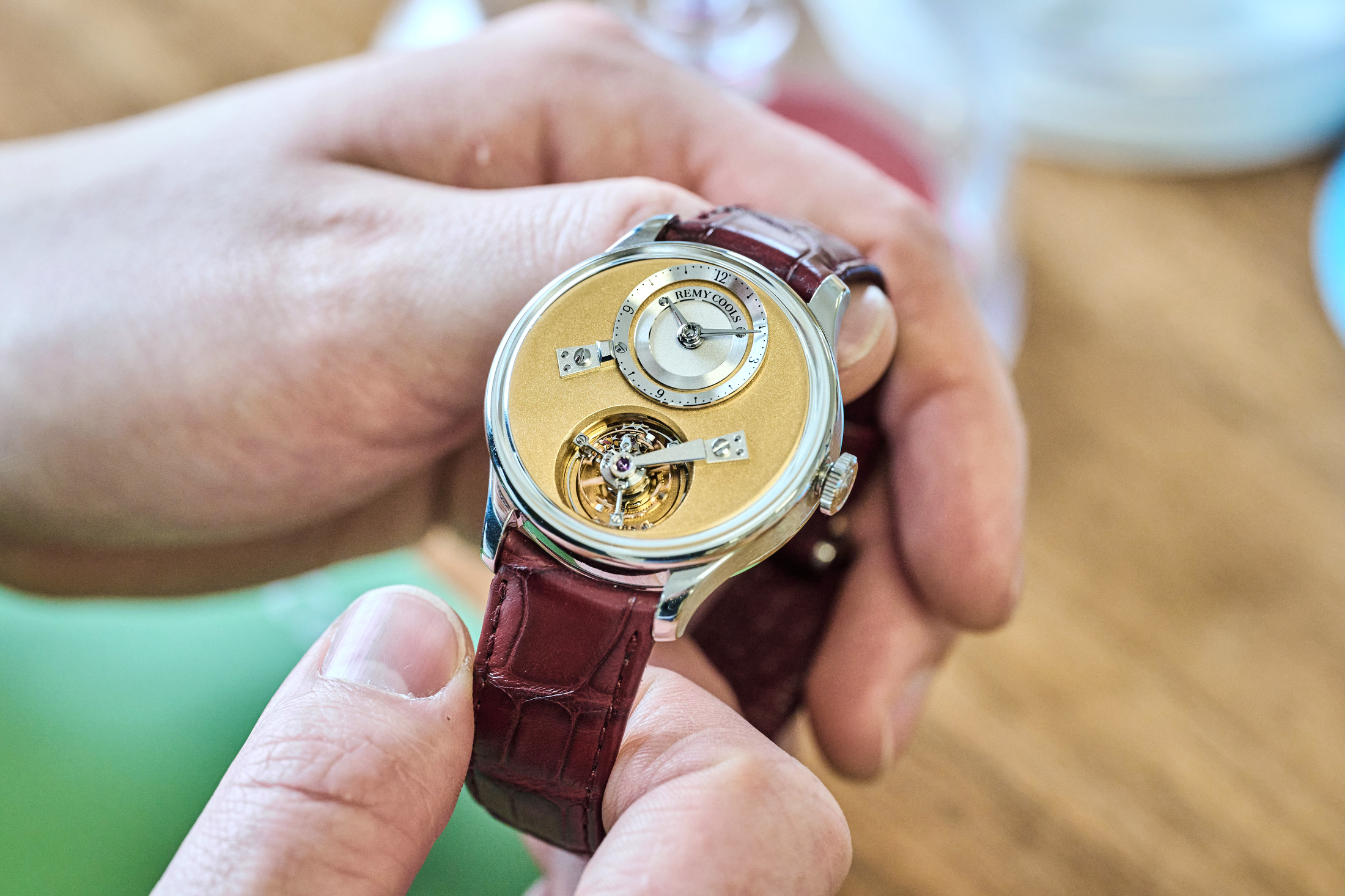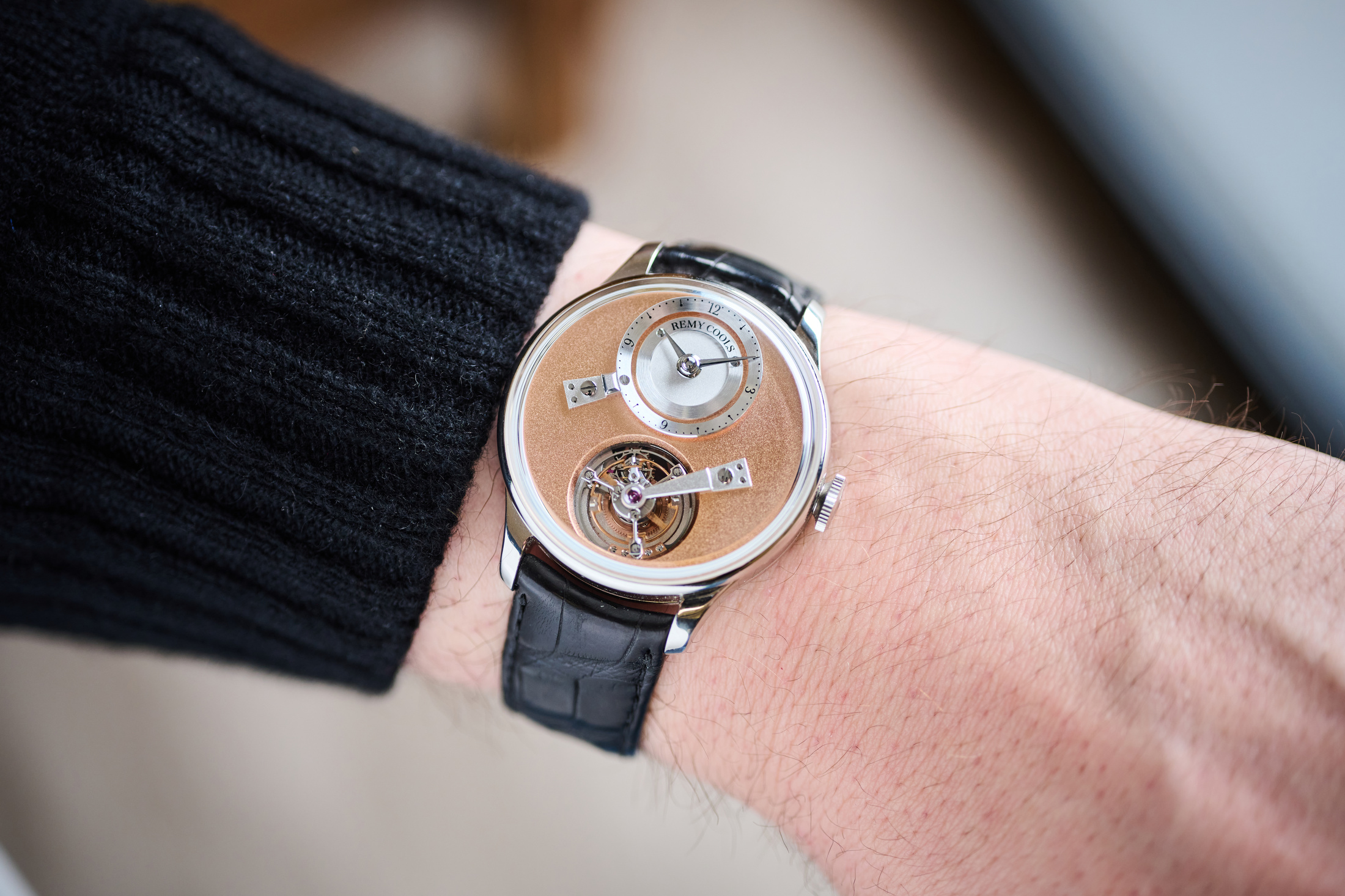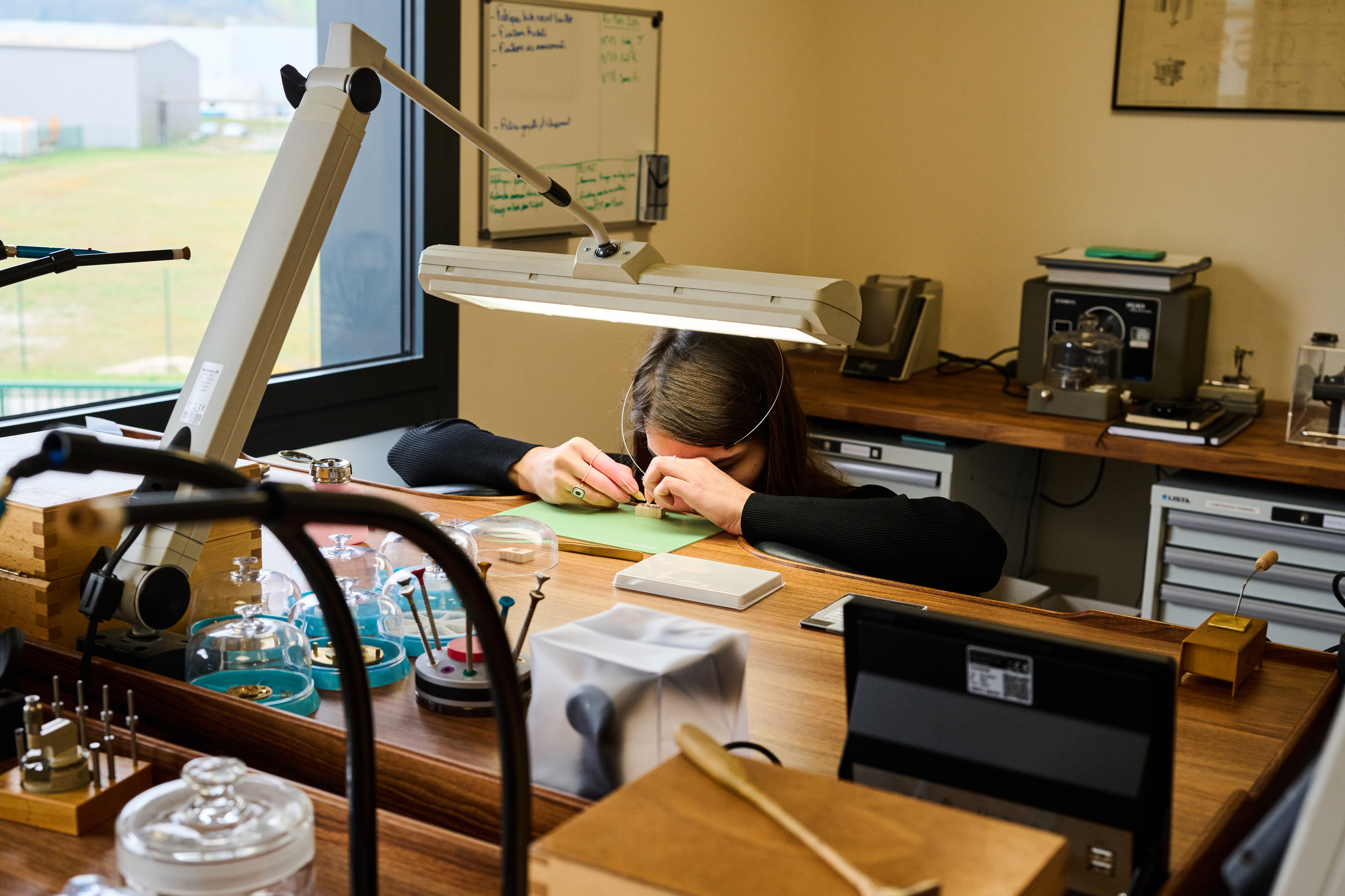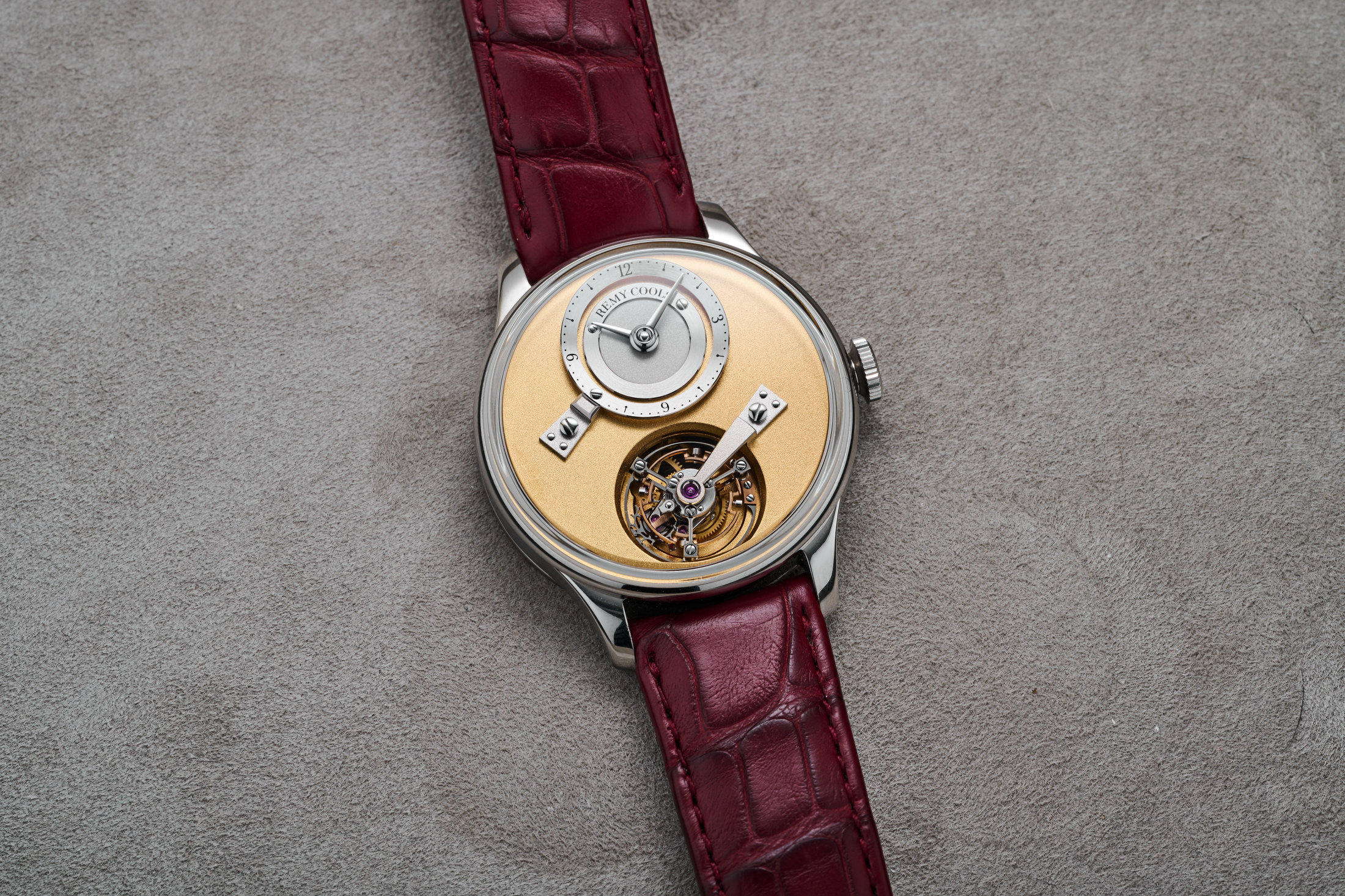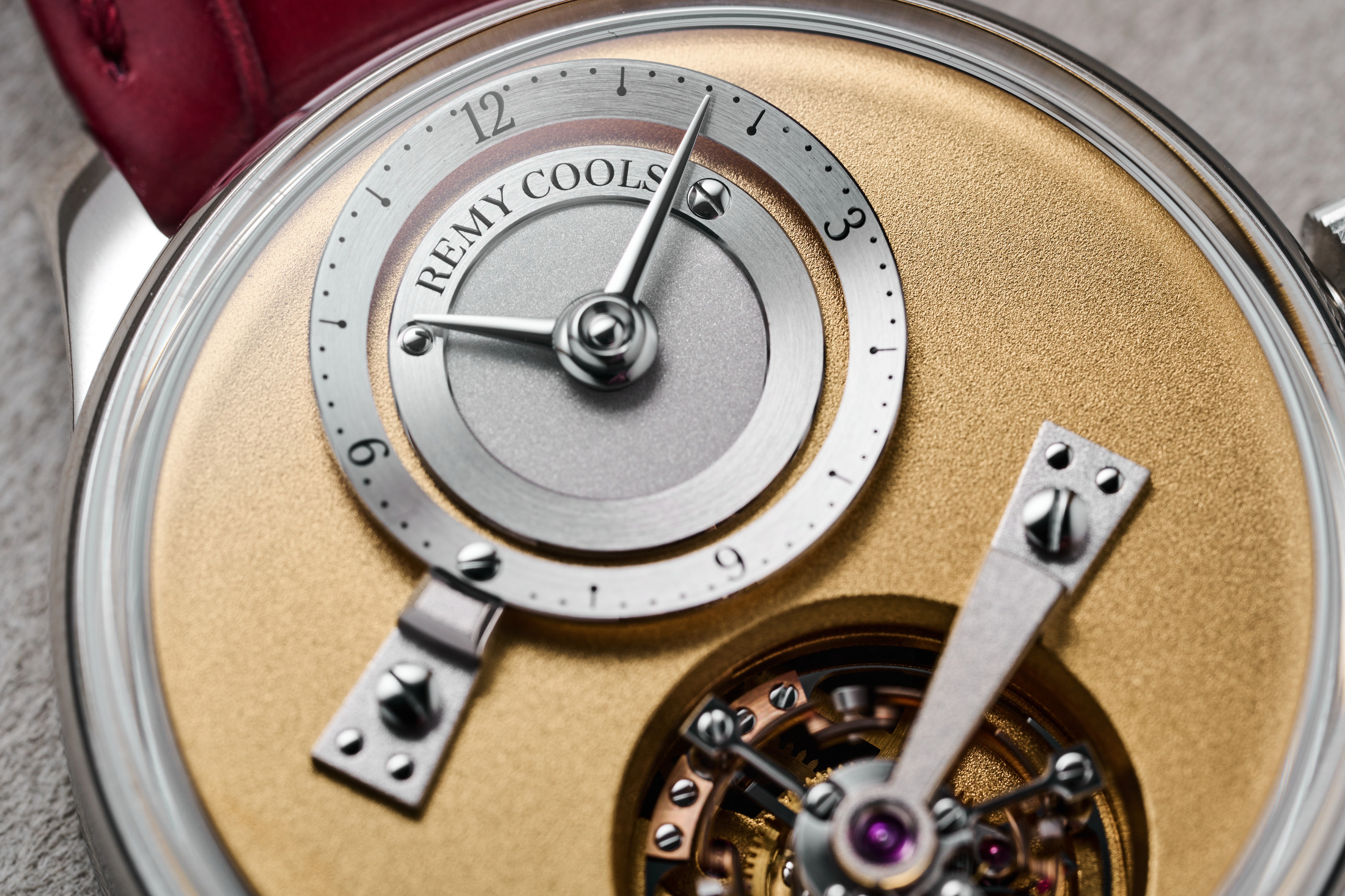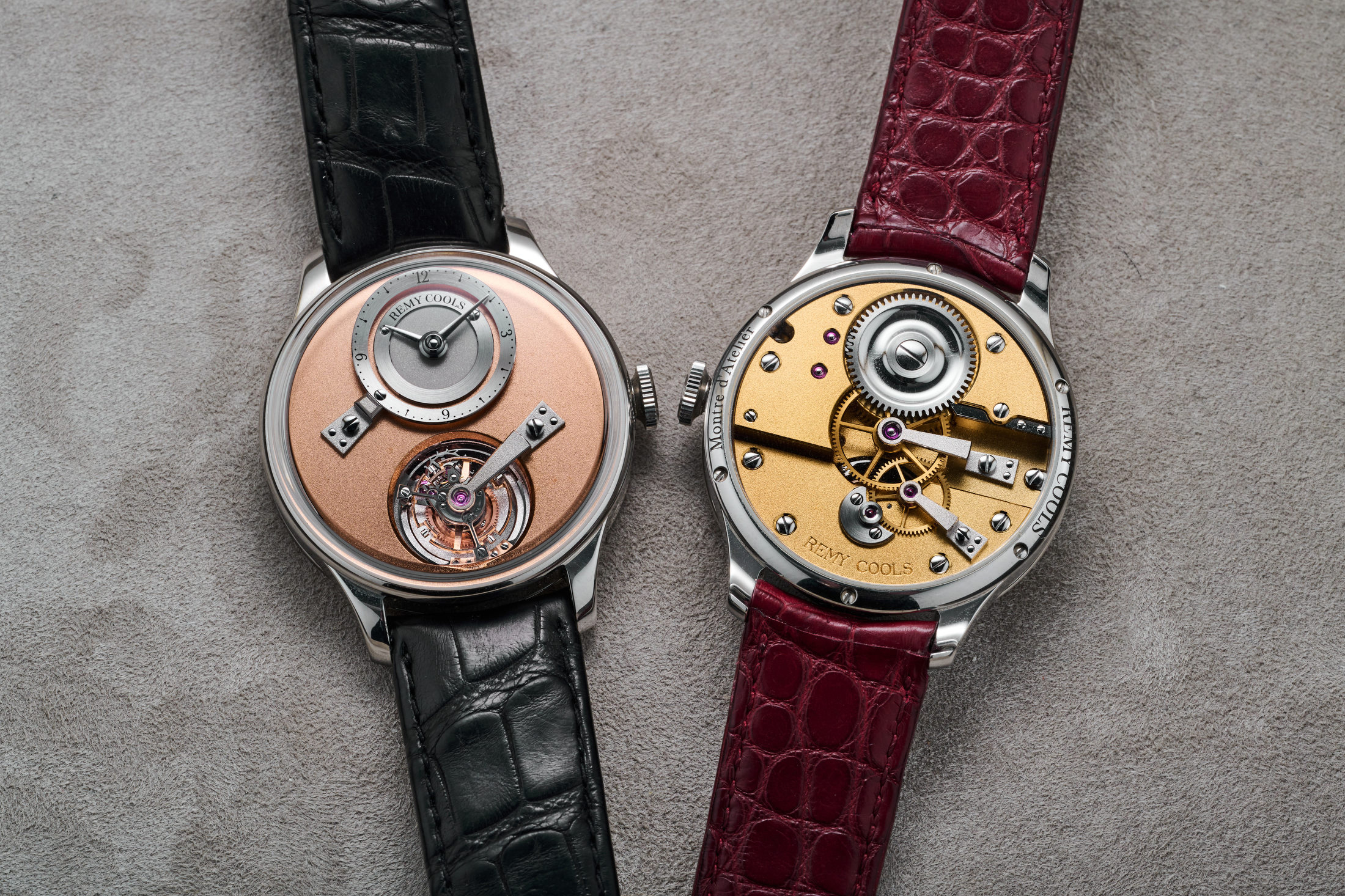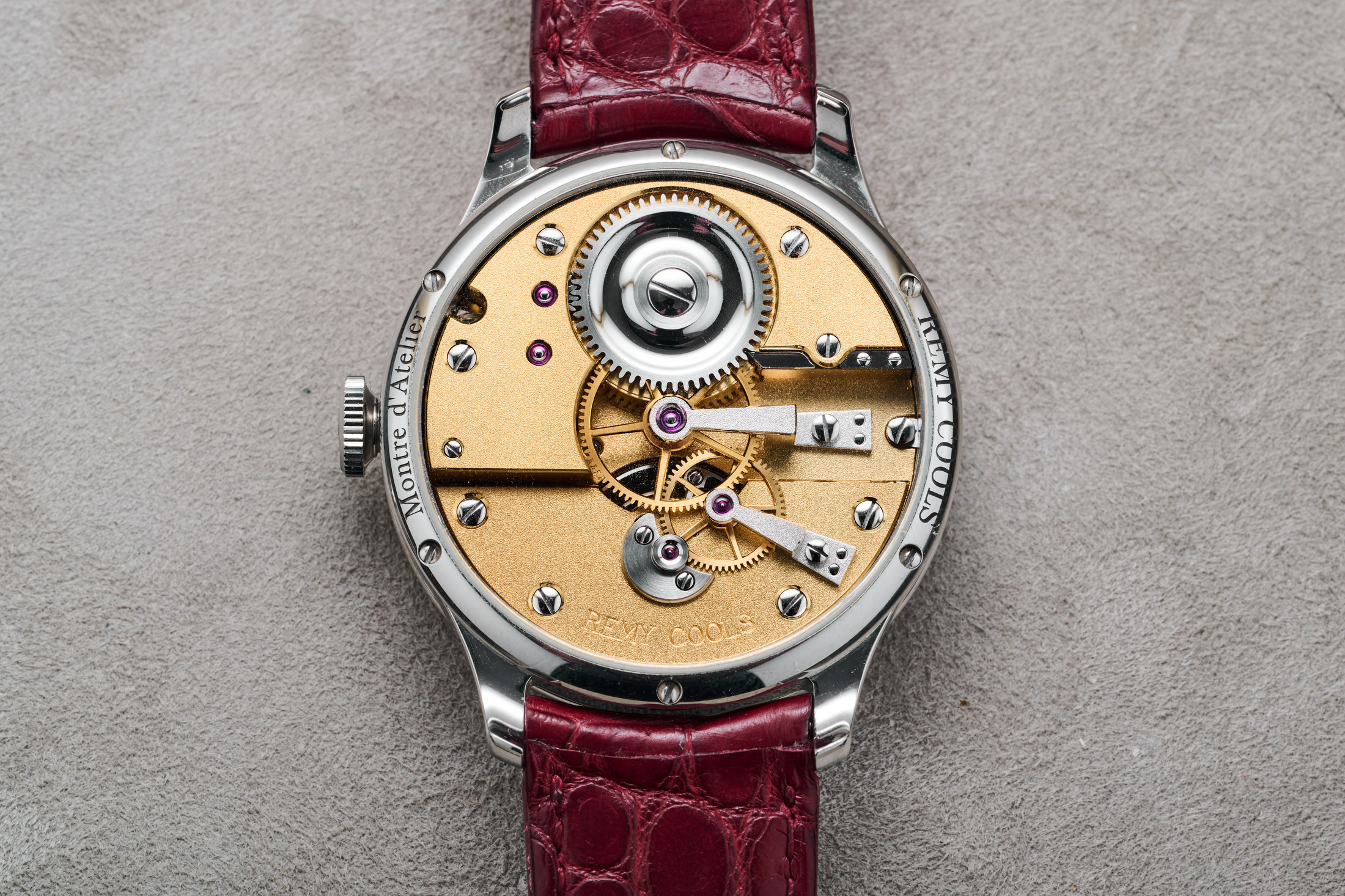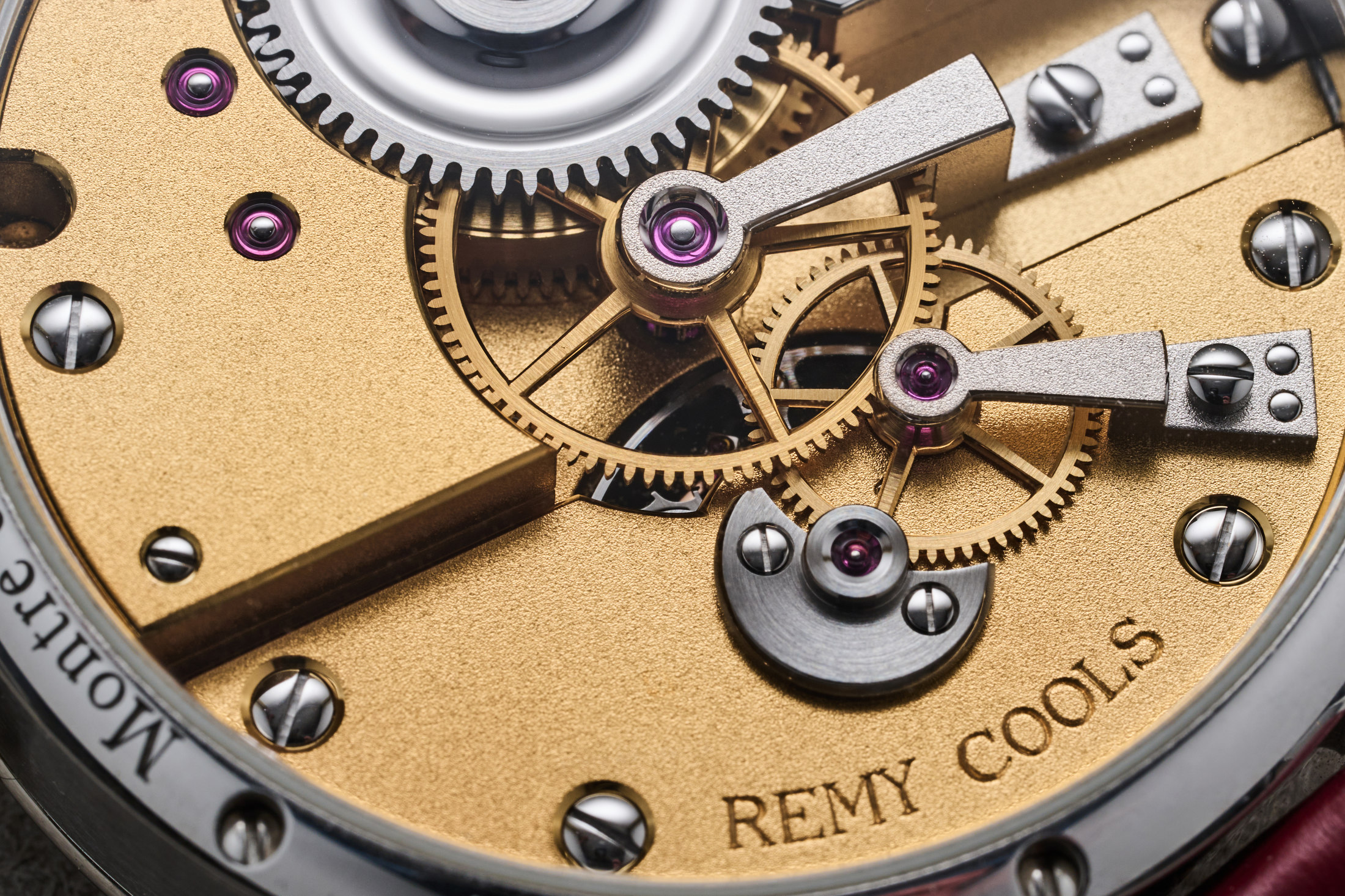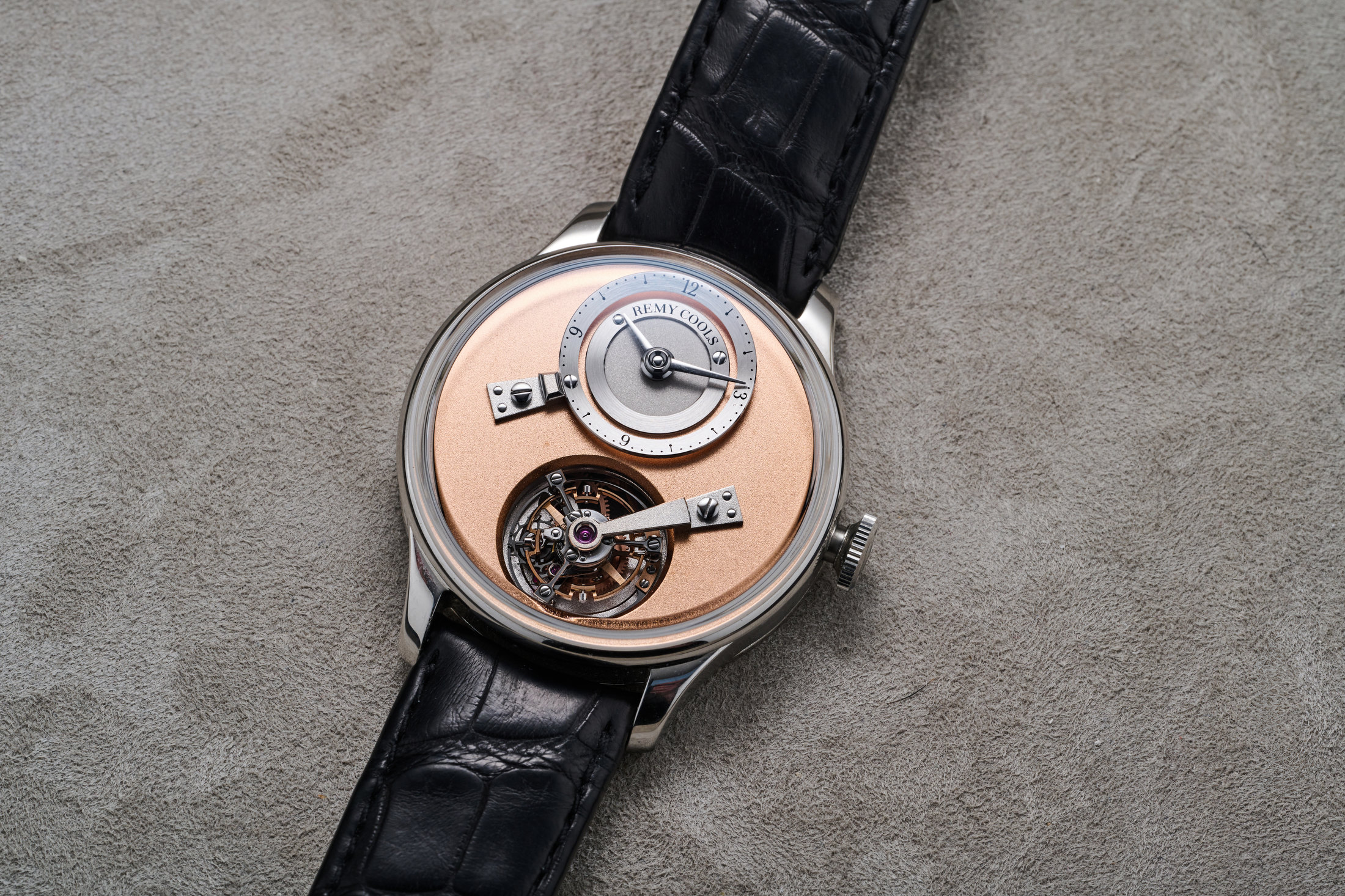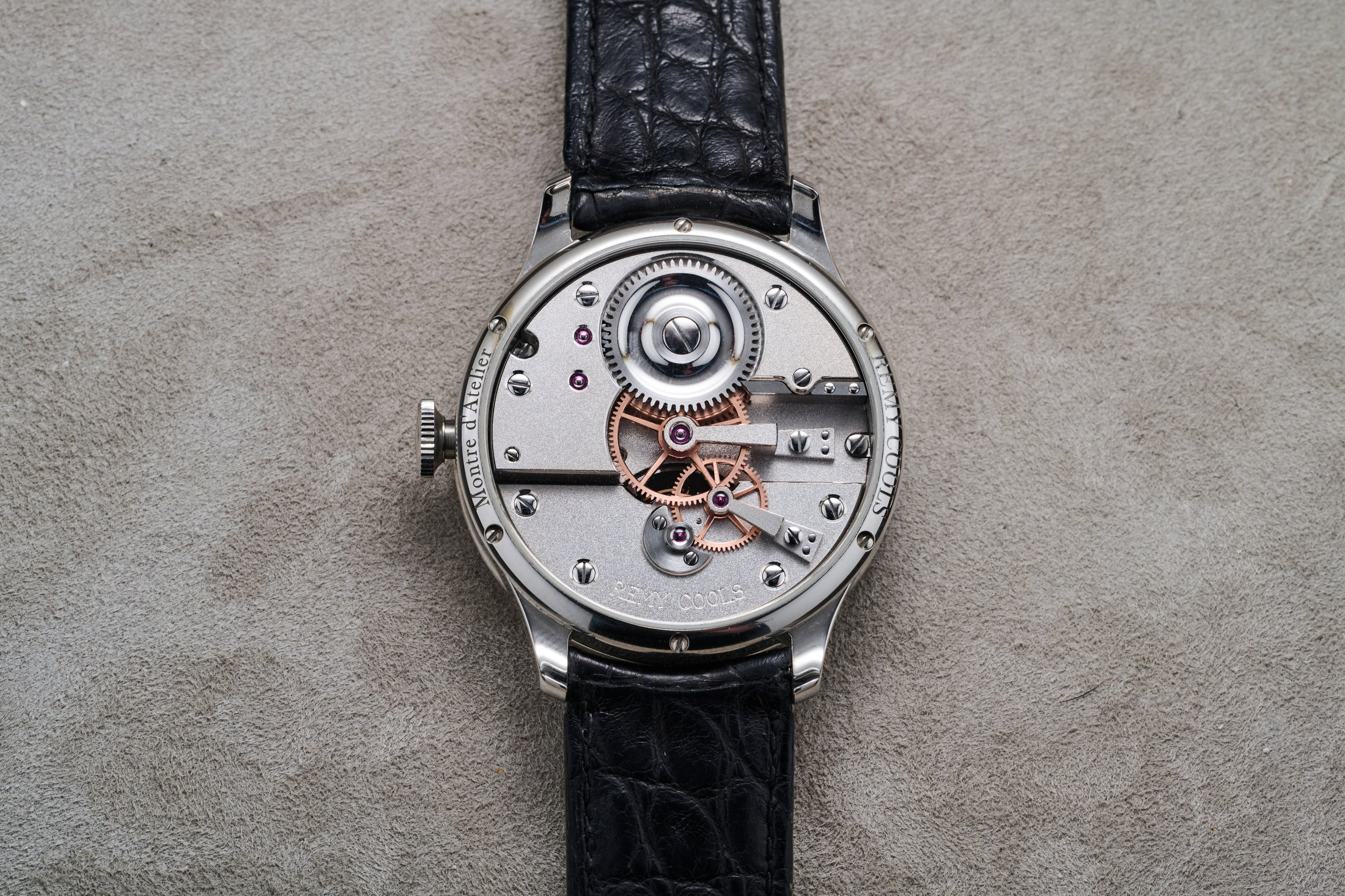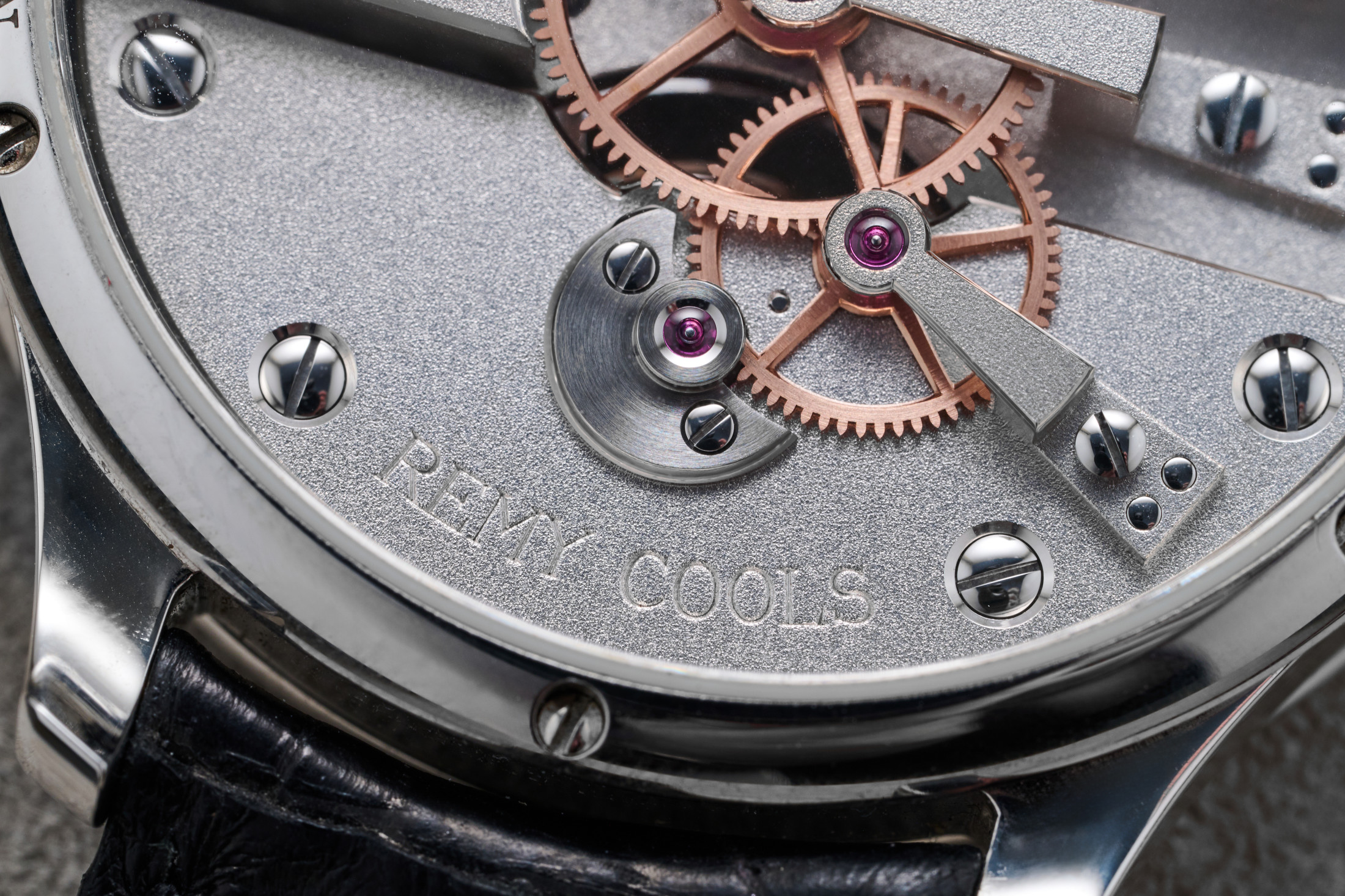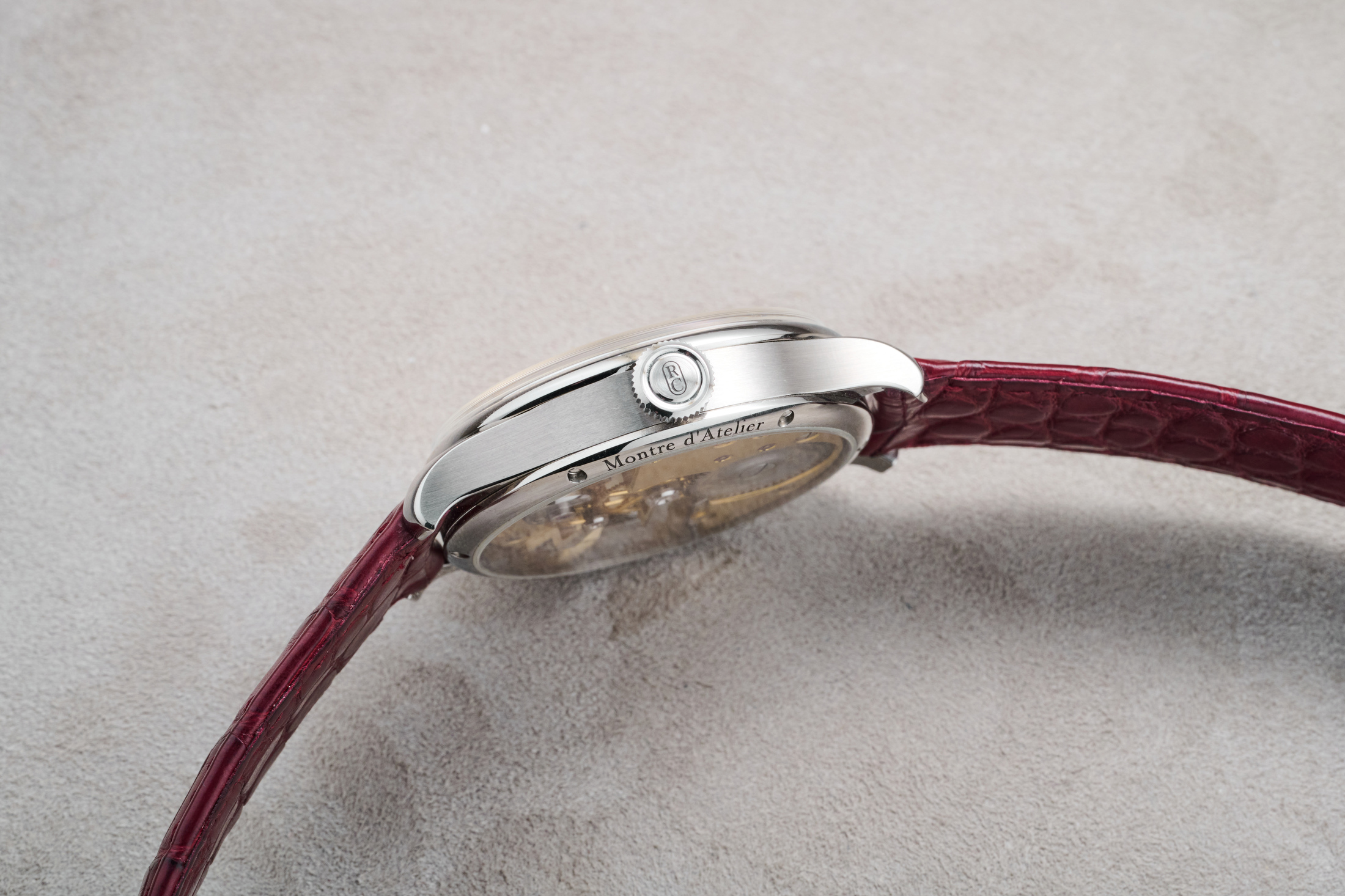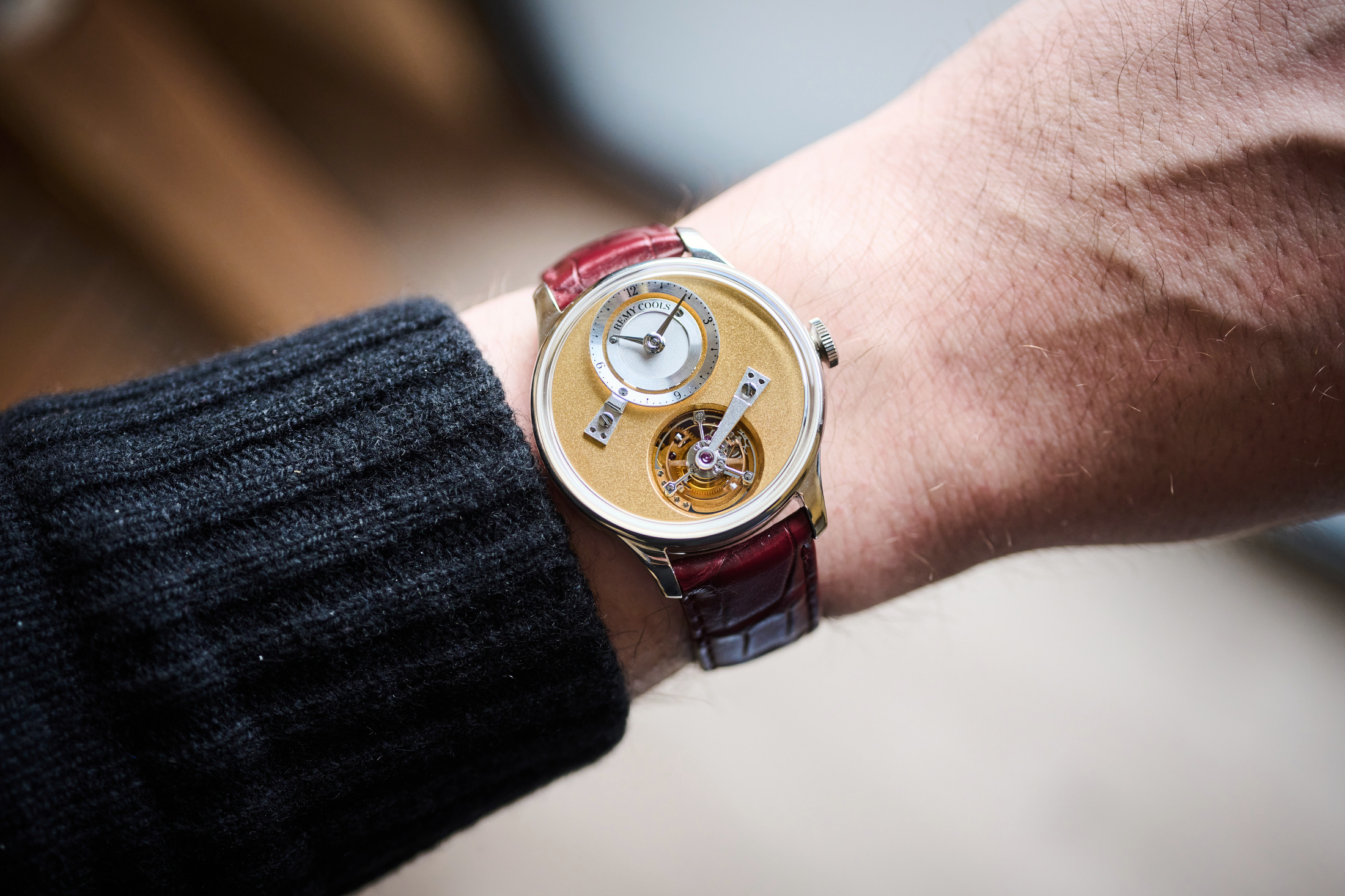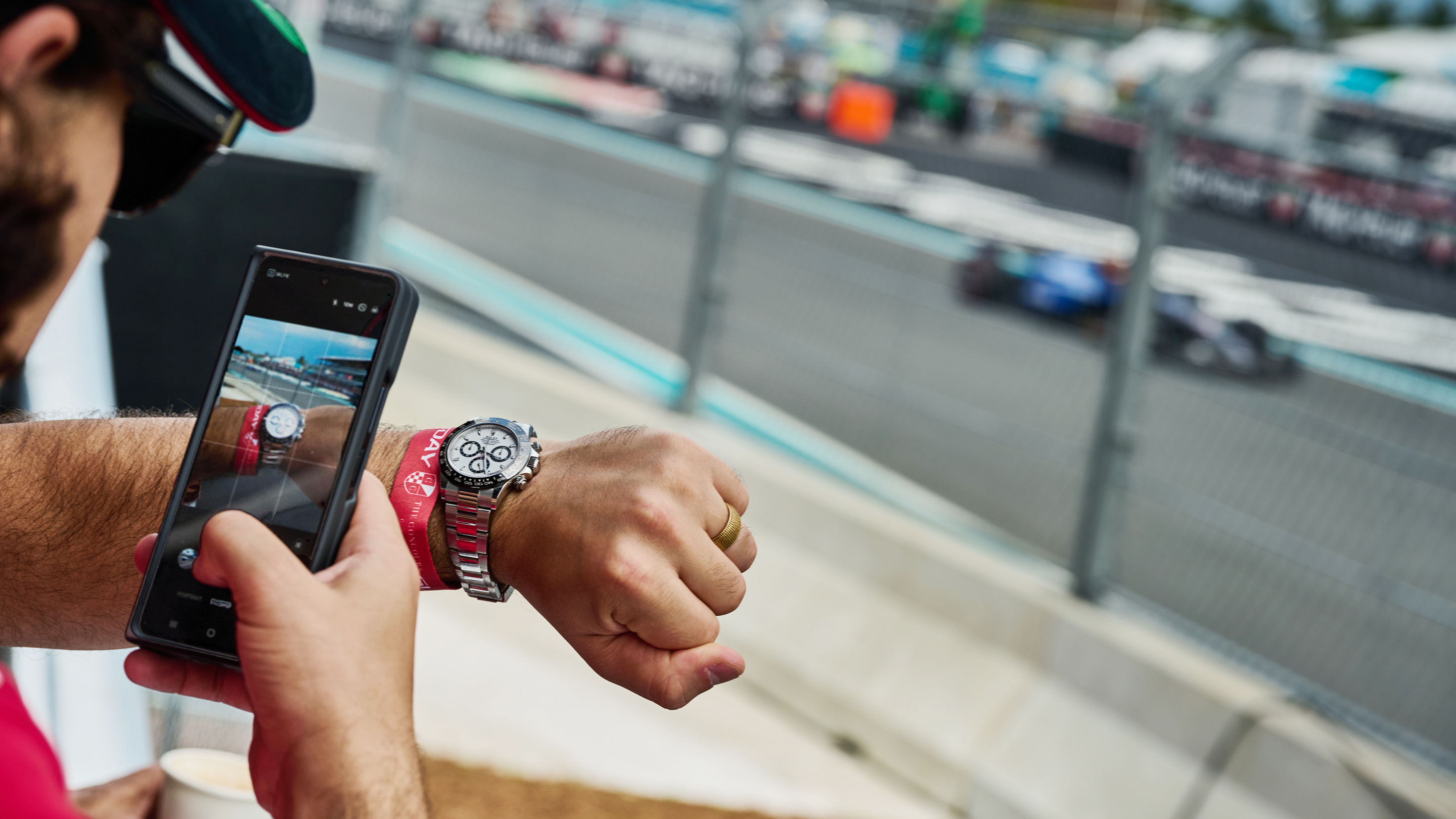ADVERTISEMENT
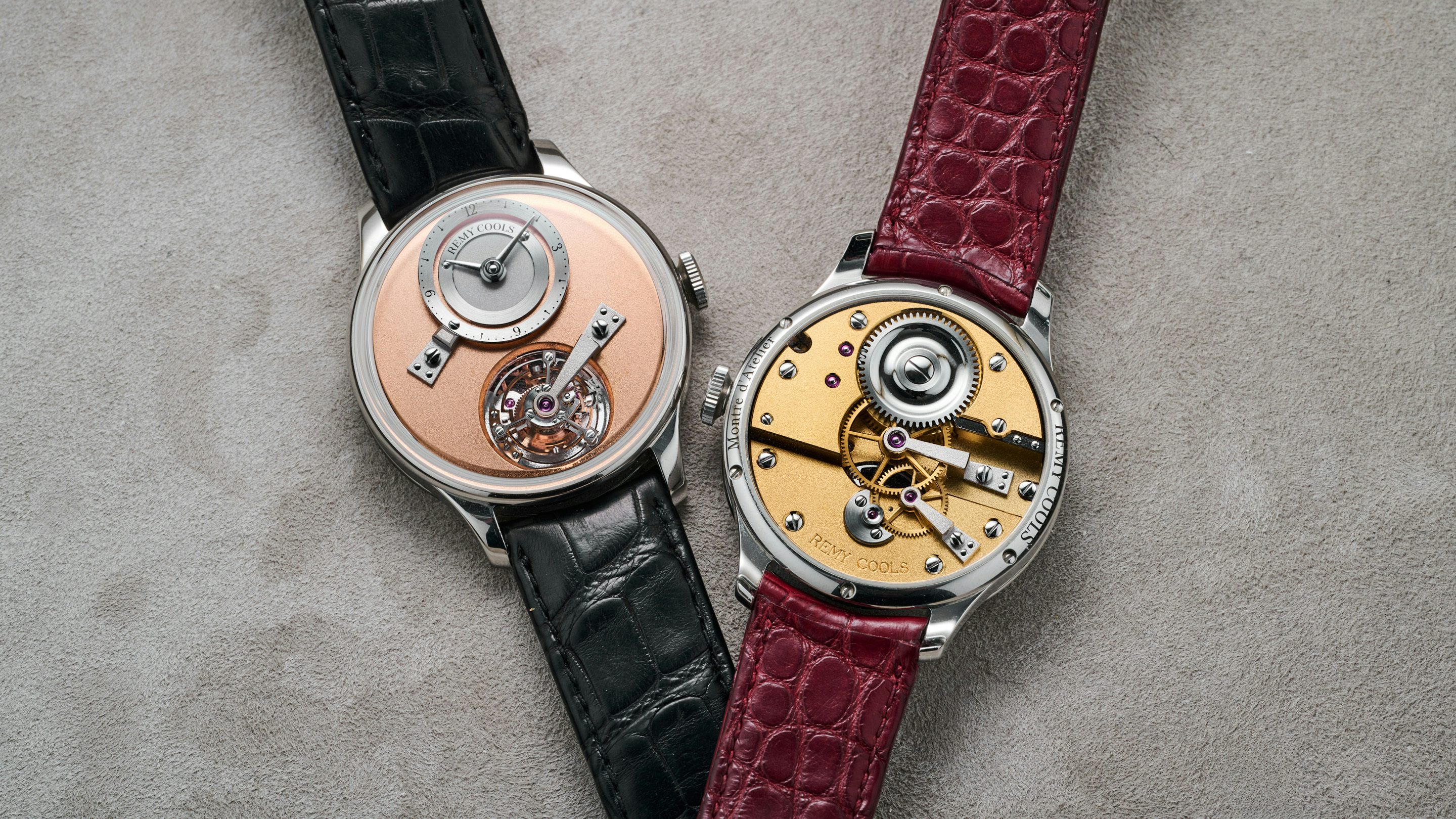
A few weeks ago, after arriving in Switzerland for Watches and Wonders, I did something counterintuitive—I immediately left Switzerland. While I'm fortunate to visit the country several times annually, my packed itineraries rarely allow for detours beyond scheduled appointments. This trip was different; with a rare pocket of flexibility, I journeyed to the Alpine region near Annecy, France, to visit the atelier of independent watchmaker Rémy Cools.
Cools recently won the Horological Revelation Prize at the GPHG new Tourbillon Atelier, six years after winning the F.P. Journe Young Talent Competition in 2018. And while we've covered Cools and Tourbillon Souscription twice before (here and here), we've never had a chance to cover the new watch, so I figured I should take the time to rectify that. Fair warning: the watches are already sold out, but it's still worth appreciating them all the same.
Rémy Cools
There's no doubt Cools is some kind of wunderkind, only 27 years old and running his independent workshop producing twelve watches per year with only one other person working with him (his girlfriend, who is pictured in the story), and has started moving a large portion of his work in-house. Things like screws, cases, and hairspring make little sense to produce in-house for the millions of dollars in equipment that would be necessary for these things. Still, when I visited Cools, he was proud to show his new Haas CNC machine, which would allow him to increase his independence.
That all would make little difference as we've seen some in-house manufactured watches that just don't "hit" right in terms of aesthetic and watchmaking, but that's far from the case with the Tourbillon Atelier. Smaller and more refined than his Tourbillon Souscription (which measured 40mm by 15mm), the Tourbillon Atelier – in platinum, now 39mm by 12mm including the 3mm sapphire crystal – is a really fascinating example of how quickly Cools has taken his young ideas and grown them up into a much more mature product in a short time. It's also in my personal top three of watches from his generation of independent watchmakers.
It's the kind of progression you expect from any good watchmaker, but that doesn't make it easy. I see a bit of Journe in his progression, from a raw and artisanal first wristwatch to something more refined, but Cools did it remarkably quickly. Credit to the watchmaking industry for having an infrastructure that allows such things these days, but it's still impressive.
It's also impressive what he can do with just a team of two (not counting his adorable dachshund Gaston, who led me over to the Greiner Spiromatic but for some reason was unable to demonstrate how to vibrate a hairspring).
These early watches have a quintessentially French influence – to my eye at least. Similar to Journe, Cools sees himself in the lineage of Breguet, and that comes through in his style. Cools cuts his own bridges and mainplates and hand finishes them (as would be expected at this level). The offset design reduces the hours and minutes to the top half of the watch, with a suspended hour track held by a bridge which is screwed to the dial mainplate. There's something a bit steampunk industrial-meets-artisinal about the design.
The tourbillon bridge is similarly suspended toward the 6 o'clock section of the dial. The tourbillon measures 13.2mm and is sunken deep into the movement, giving a lot of depth. The mainplate that makes up the dial is either rendered in a rosy salmon or yellow gold, with a grained finishing on the plates and bridges, and a deep chamfer to the edges of the tourbillon aperture on the front.
The watch comes in two variations: the salmon-pink gold dial version, which has a slightly more modern aesthetic, and the yellow gold finish on the other option. Both watches photographed here are prototypes cased in steel, but the movement rendering should be the same in production. The pink gold dial is paired with a rhodium-plated movement that continues that modern feel, but I was naturally drawn more to the yellow gold version.
It makes sense that a young watchmaker who studied at the famous Lycée Edgar Faure watchmaking school in Morteau, France (with Florent Lecomte as a teacher and producing names like Théo Auffret, Cyril Brivet-Naudot, Hazemann & Monnin, and others) would feel strongest playing to the French hits, so to speak.
The bridges look similar to those found on Breguet pocket watches, the more austere and yet open display of the gear train, and the small touches of white against the gold movement feel at home with the movement treatment. The movement runs at 18,000 vibrations per hour with a 55-hour power reserve.
Cools is making 36 watches total, evenly split between the two versions. I wouldn't be shocked if many modern collectors – clients that Cools told me are pretty evenly divided between the U.S., Middle East, and Asia – would probably gravitate toward the salmon dial version. A few years ago, I felt we had jumped the shark on overdoing the salmon aesthetic, but I think the supply of such watches has settled down into something a bit more reasonable that caters to a specific clientele.
The last thing I think is worth re-emphasizing here is that the watch measures 12mm thick, including the 3mm box sapphire crystal. On the wrist, it's incredibly comfortable and in line with the sweet spot of modern sizing. I'm apparently not the only one to think so. When I last saw Cools at IAMWATCH in Singapore in the fall of 2024, the watch was already fully allocated to clients. I'm not surprised he found buyers, but with a price tag of €159,000, it's a hefty proposition.
Price sensitivity historically has hit the high-end independent space a bit less than watches in the sub-$20,000 or sub-$5,000 range, to be sure, but I think most people would find Cools' pricing a bit aggressive. Maybe that's the price of a two-person crew making a watch like this; perhaps we'll see Cools' prices cool off (pun intended) as he grows in watchmaking and business acumen. Compared to Théo Auffret's Tourbillon à Paris, which costs $122,000 (in 2019 prices), it's hard not to notice the delta.
But that's no concern for right now. There are 36 customers who will be very happy as Cools finishes delivering their watches and moves on to other projects. By 2027, we should expect a new watch by Cools that he told me will play into other traditional crafts associated with historic French watchmaking. One of the fun parts about the job is that despite him giving me hints about such crafts (that I have to keep to myself), I have a hard time envisioning what the watch might look like. But I really enjoyed his first foray into this more mature design language, so I'm excited for Cools' future.
For more information visit Rémy Cools' website.



























